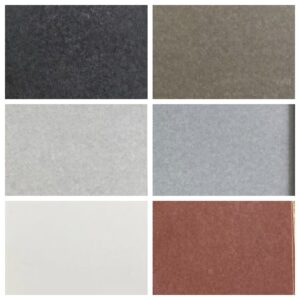you can apply tiles, wallpaper, and paint directly onto MgO sulfate boards, but because the board is mineral-based and alkaline, there are specific “best practices” you must follow to ensure the finish doesn’t peel or crack.

- Painting MgO Sulfate Board
Painting is the most common finish. The key is managing the board’s alkalinity and dust.
- Primer is Mandatory: You must use a ...
DEC
2025

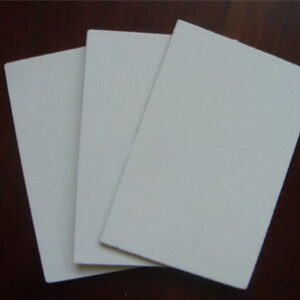

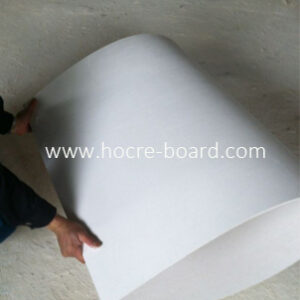
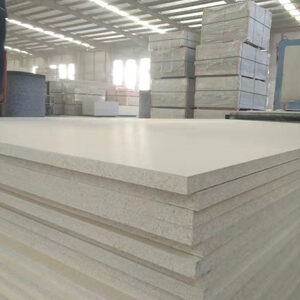

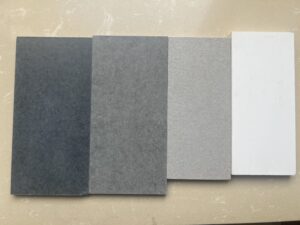 A
A